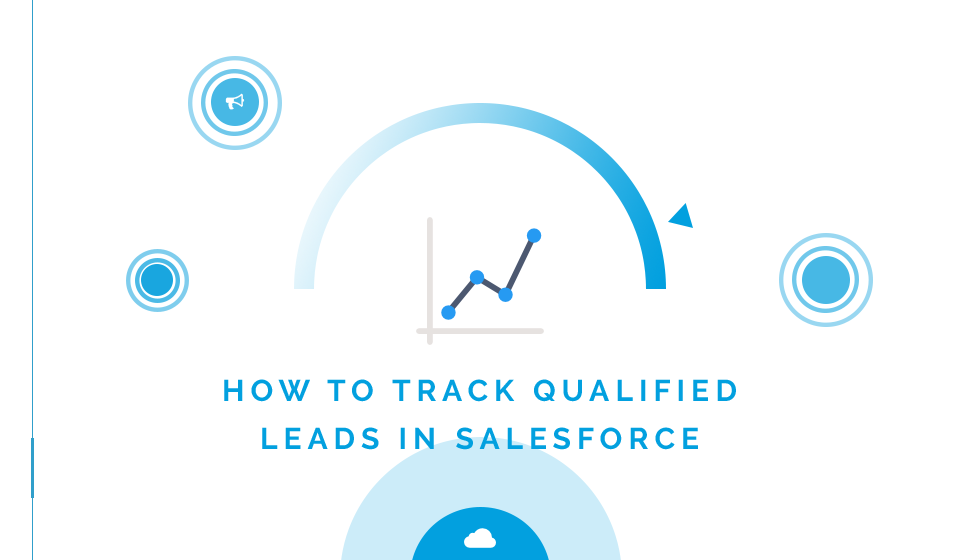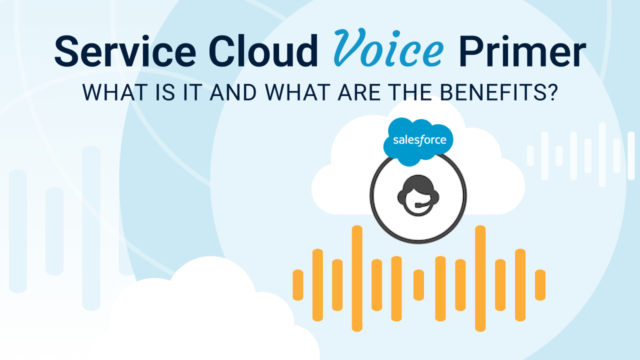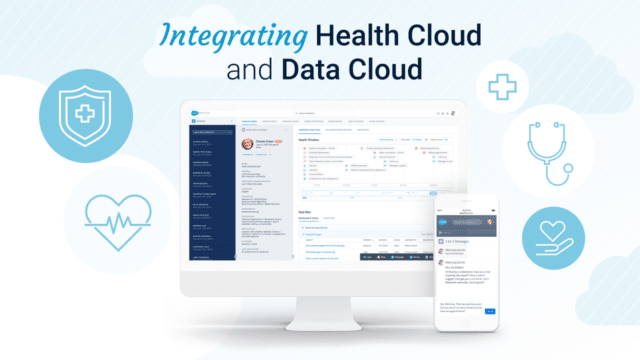In this post we explain how to leverage Campaigns to track qualified Leads in Salesforce. While many organizations measure Marketing’s performance by the number of leads generated “By Source” in Salesforce, this is a rudimentary method that doesn’t capture/account for the nuances of today’s complex sales cycles. Salesforce has a far superior method for tracking all the touches that contribute to a successful sale. Even showing the return on investment, total pipeline and dollars in sales generated. This great feature is called “Campaigns.”
How to track qualified leads in Salesforce
Salesforce is similar to Google Analytics and other tracking programs in that it has the concept of a “Source” and a “Campaign.” Unlike those platforms, it does not have the concept of a “Medium” (although that could be added as a custom field). Salesforce also differs from Google Analytics and marketing automation platforms like Marketo, Eloqua, Pardot and Marketing Cloud, in that it isn’t generally isn’t the primary entry point of data from the website.
While it’s possible (using Web to Lead) to push leads into Salesforce with some tracking data, this is a simplistic method. Most sophisticated organizations take things a second step, and pull source and Campaign data into something like a marketing automation platform and pass that data into Salesforce via their integration.
Lead Source vs Campaigns (Broad vs. Narrow)
Your Lead Sources in Salesforce should be broad buckets. Think, tradeshow, customer referral, online advertising, or social media. Salesforce comes with a default picklist, but you should update that list with Lead Sources specific to your business. When developing your list, think about Lead Source in terms of what your staff might update as they input new leads by hand. Also keep in mind that as Leads convert, they will carry that Lead Source information into their associated Contacts and Opportunities (although not Accounts, but that can be done with a little development work).
Campaigns, on the other hand, are very narrow. They can be as narrow as, AdWords Retargeting October 2016. As you set up Campaigns you need to think about what your bucket types of Campaigns will be. For most organizations the defaults in Salesforce are a good place to start. Those are:
- Advertising
- Direct Mail
- Telemarketing
- Banner Ads
- Seminar/Conference
- Public Relations
- Partners
- Referral Program
- Other
In today’s world, it likely makes sense to delete some (like Direct Mail – although we are seeing a resurgence in its success) and add others. In particular, consider replacing advertising with something more nuanced like digital advertising.
The next step is to plan how you will use Campaign Hierarchies. In Salesforce you have the opportunity to have parent and child Campaigns. What this looks like for each organization will differ, but here is an example of what one might implement:
- Adwords
- Retargeting
- Ebook
- June ebook promotion
- Ebook
- Paid Search
- Brand terms
- June brand terms
- Brand terms
- Retargeting
We recommend breaking down child Campaigns on ideally a monthly or quarterly basis. That will you allow you to do more in-depth analysis of what Campaigns were most successful and why.
How to track the ROI of qualified leads
Great news, if you are using a marketing automation tool to pump leads into Salesforce (and update them as they revisit your site) then the heavy lifting is probably being taken care of for you. The caveat being, you need to ensure you are creating your new Campaigns in Salesforce (so they appear in your marketing automation platform) and you are setting up your landing pages and urls to ensure they are getting picked up on.
Also, don’t limit your Campaigns to paid advertising and landing pages. Outbound email efforts should have Campaigns as well, and so should calling Campaigns. For example, if you send a coupon offer to 5,000 lucky recipients, add them to a Campaign.
Tracking the ROI of Campaigns
When tracking the ROI of Campaigns, a common mistake is to give too much weight to the last touch or first touch attribution. Today’s buyer is more sophisticated, as is the typical sales cycle. We now know it takes many touches to a make a sale. Which is why tracking attribution versus last touch or first touch is so important.
Most Opportunities are impacted by more than one Campaign. For example, in most cases it’s an oversimplification to say, “The coupon we sent that lead was the reason they decided to buy.” Often, it’s a combination of a coupon, a cold call, sending them a piece of collateral, etc.
In Salesforce, you can associate multiple influential Campaigns to a single Opportunity. This enables your organization to understand holistically what it took to push that prospect through the sales funnel.
You can easily view reports on which Campaigns influenced opportunities as either standalone reports, or as part of a marketing dashboard. These reports can illustrate the value of pipeline influenced, Campaign ROI (including total opportunities won, the cost of the Campaign, exact ROI and even cost per customer) and more. Marketers have long struggled to quantify the value their efforts and budgets deliver, but Salesforce’s Campaigns go a long way in helping quantify Sales and Marketing’s success.
How to Customize Campaign Influence in Salesforce
First you will need to ensure Campaign Influence is enabled in your instance. Go to Settings and search for Campaign Influence, then click into that feature. Ensure the feature is enabled and also that auto-association is enabled.
The biggest decision you need to make is how long the eligibility limit for campaign influence is. Essentially how many days after a campaign touches a contact should it be considered to have helped with the sale. We often use 180 days, but many organizations have a much shorter (or even longer) period.
Salesforce provides a great guide for organizations deploying Campaigns. You can get a copy here.
Wrap Up
Have questions about how to set up Campaigns in Salesforce? Get in touch or comment below. We have a long history of helping SaaS organizations leverage Salesforce and love solving new challenges.



